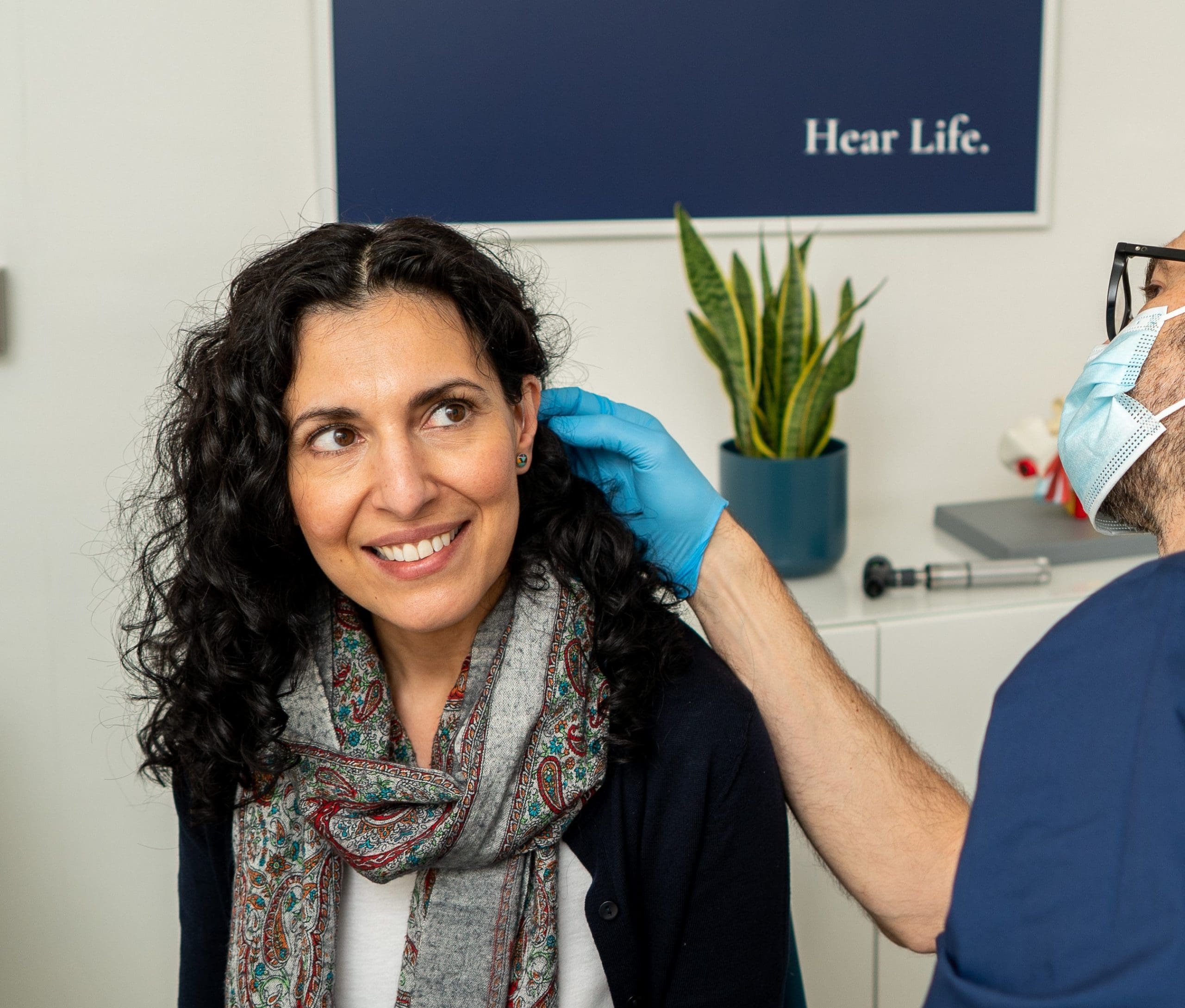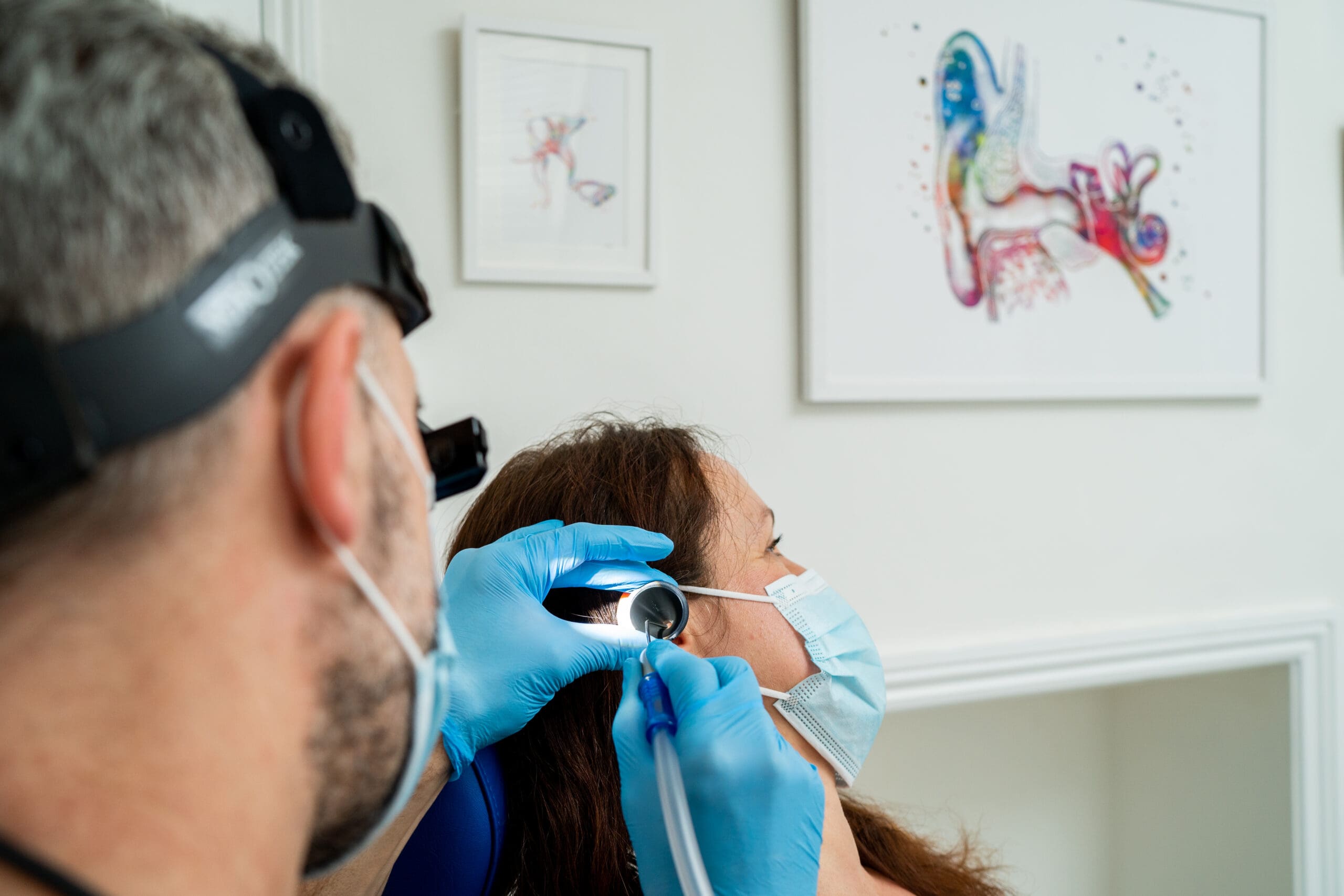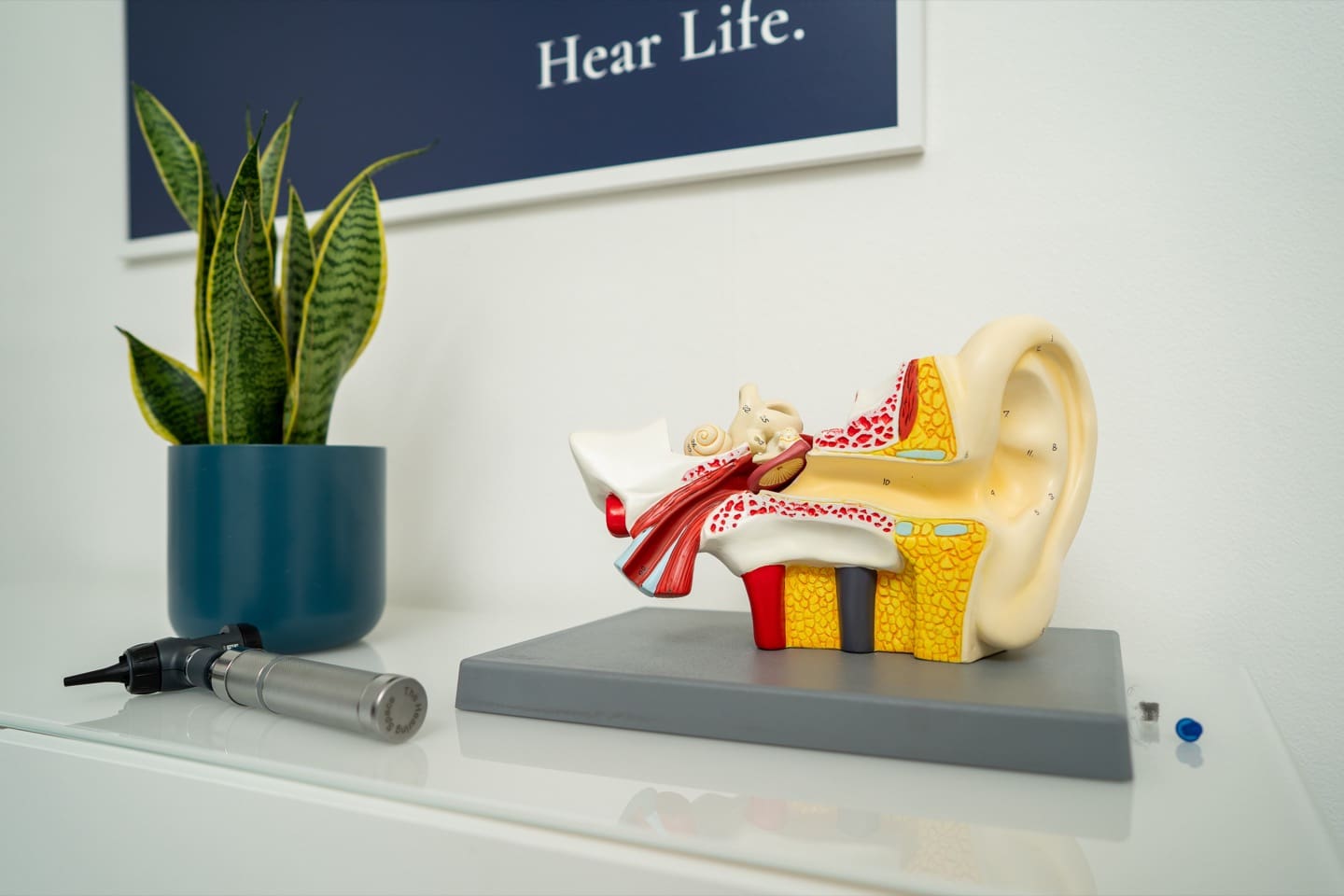Ear Wax Removal Leeds
Ear wax removal Leeds
Producing ear wax is normal. It only becomes a problem if it blocks your ears. If you are struggling to hear and suspect that your ears need cleaning, book your appointment today. The benefit of choosing us is that we have years of experience working with ears of all sizes and shapes.
Ear wax removal is an unregulated procedure which means that almost anyone can set up an ear cleaning service.
Not only will we remove your ear wax safely, but we can also test for other conditions that may be affecting your hearing.
We use various methods to clean your ears including micro suction, irrigation and manual removal. Ear syringing is rarely done these days (read more). We also provide plenty of appointment time to ensure a great experience.
If necessary, we will refer you to your GP or a private ENT specialist, if we find anything unusual.
Ear wax removal Leeds prices
£75 both ears / £60 one ear
Using medical-grade olive oil drops/spray for a few days before your appointment is advisable. This helps to soften the wax. Don’t worry if you have not been able to do this. In most cases, your ears should be clear after one visit.
Follow-up visits free of charge.
Any questions prior to booking, please call us.
Book your safe, effective ear wax removal today

Your ear wax removal appointment
Our experienced audiologist will ensure you feel comfortable and explain every step of the process. We leave 45 minutes for appointments, giving us plenty of time to carry out ear and hearing checks.
A typical ear wax removal appointment will include the following:
History: We will ask you questions about your blocked ears and general health to ensure the procedure is safe for you.
Exam: We’ll check your ears and you can see the amount of ear wax on a video screen.
Ear wax removal: We will select the safest ear wax removal procedure for you based on your history. We will explain the procedure and check for any contraindications. With your consent, we will remove your ear wax gently.
Our audiologist can remove ear wax and check for middle ear issues like glue ear. They can also evaluate your hearing.
If necessary, we can send a letter to your doctor. This letter will refer you to a specialist at your local hospital or for private care. We will do this if our hearing assessment shows you need more tests.
Ear microsuction
Microsuction of the ears involves using a suction (vacuum) tube to remove ear wax from blocked ears safely. It is the preferred method used by Ear, Nose and Throat doctors.
Before introducing the suction tube, we carefully examine the ear using a microscope, endoscope, or head-worn magnifiers. With careful use, this procedure is safe, pain-free and effective.
Sometimes, we must administer olive oil drops into the ears to soften the wax.
If you have any questions about the procedure or are unsure if to use any drops in your ears, please give us a call.


Ear irrigation
Ear irrigation is different to ear syringing. Ear syringing is an outdated method of wax removal using an actual syringe to flush out the ear manually.
Irrigation is a much more controlled method of using water to clean the ears.
It involves using a machine with calibrated pressure to flush ear wax out of the ear canal.
We gently flush out the ear canal with water at body temperature to remove ear wax.
Sometimes the combined use of micro suction and irrigation is necessary to clean the ears.
Frequently asked questions
What is ear wax?
Ear wax or cerumen is a substance naturally produced in the outer ear canal. It consists mainly of oils and dead skin cells and plays a vital role in protecting your ears against dust, dirt, and bacteria, and has both lubricating and antibacterial properties.
Why does ear wax cause problems?
Sometimes ear wax can block the ears. A number of factors can cause excessive ear wax to build up. These include exposure to dusty environments, narrow ear canals, improper cleaning of the ear canal (using cotton buds!) and the regular wearing of earphones or hearing aids.
This wax build up can contribute to hearing loss, increase the effects of tinnitus and can even lead to pain in and around the ear canal. Read more in our blog on ear wax.
What is impacted ear wax?
We refer to earwax being impacted when it builds up to the point where a blockage occurs. This means the ear wax won’t naturally move out of the ear canal and is impacting you in some way.
How will I know if my ears are blocked?
When ear wax becomes impacted, you may experience a feeling of fullness in the ears and/or itchy ears, as well as difficulty hearing. You may also develop ringing in the ears. The ringing is usually called tinnitus. This is usually temporary and typically goes away following ear wax removal.
Many people first notice a problem with ear wax following a bath or after swimming. This is due to a significant amount of earwax getting wet and expanding, typically blocking the ear.
What is microsuction ear wax removal?
Microsuction involves using a magnifying device to allow clear vision of the ears alongside a fine suction tube which carefully suctions the wax from the ear canal. It can be performed in children as well as adults.
Micro suction is usually a totally painless procedure. Sometimes there can be some mild discomfort, due to the wax being attached to the skin, however our appointments are a minimum of 45 minutes, so we have plenty of time to assess your ears and proceed with care.
If necessary, small tools can be used to dislodge stubborn ear wax.
Can my child have ear wax removed?
Our Clinical Director, Paul, has extensive experience working with babies and young children. Ear wax can successfully be removed from children’s ears, often using a variety of techniques.
Should I use ear drops?
If you know you have a build-up of ear wax, then using, for example, olive oil drops prior to your visit, can soften the wax and make the process of removing it easier. It usually doesn’t get rid of the wax. Don’t use anything stronger than olive oil, if you are not sure that ear wax is a problem, as this may irritate your ears.
What is ear irrigation?
In the past, ear syringing, using water, was the most common method of removing wax. Ear syringing has been replaced with ear irrigation, which still uses water but with a more controlled approach.
Ear irrigation works by pulsing water into the ear canal, which stimulates wax removal. The flow rate of the water can be carefully controlled to allow gentle cleaning of earwax.
Occasionally, irrigation is much quicker and safer than micro-suction.
Can I remove ear wax at home?
Many people try ear cleaning techniques at home. Often using cotton buds (Q-tips). Unfortunately, using cotton buds in your ear canals will often push the ear wax deeper and can also damage the eardrum.
Ear wax removal should only be performed under the guidance of a fully qualified professional clinical audiologist, medical doctor, or other appropriately trained practitioners.
Although most people don’t realise it, excessive ear wax is one of the biggest causes of poor hearing and can also lead to a whole host of health problems. Ear cleaning should be left to trained professionals, as home techniques can often make the problem worse.
Find our audiology clinic in Leeds
What our clients say
